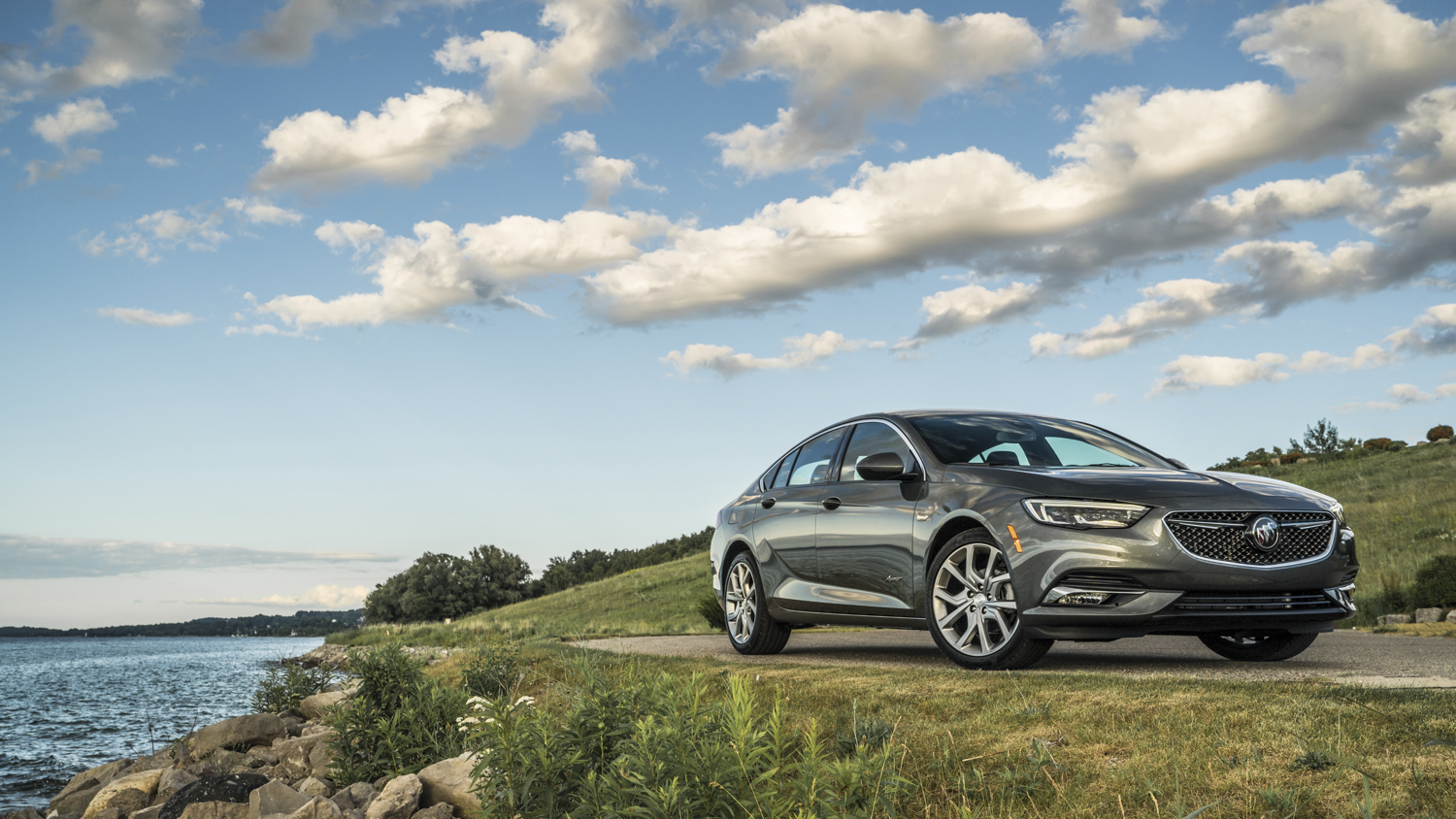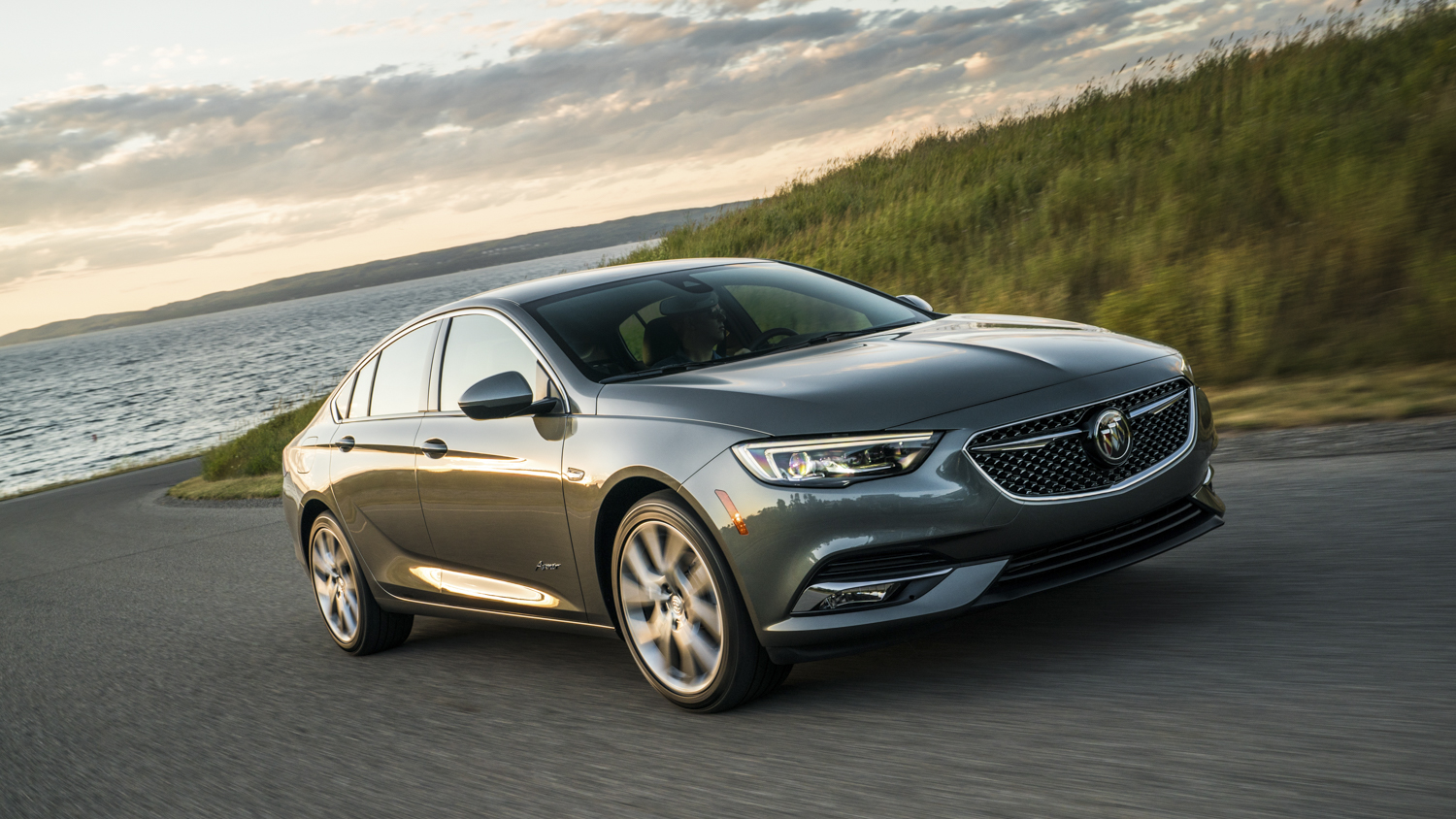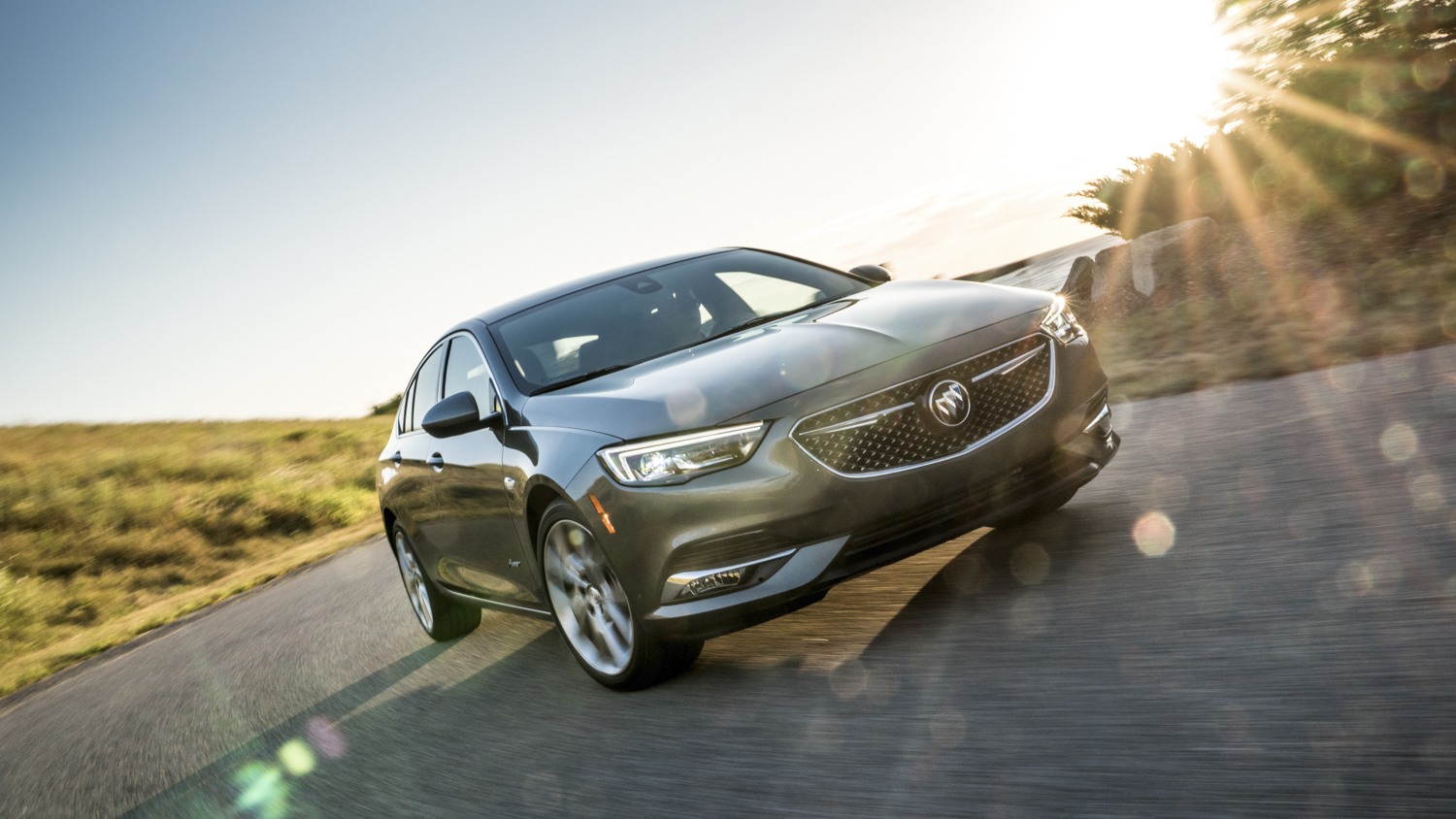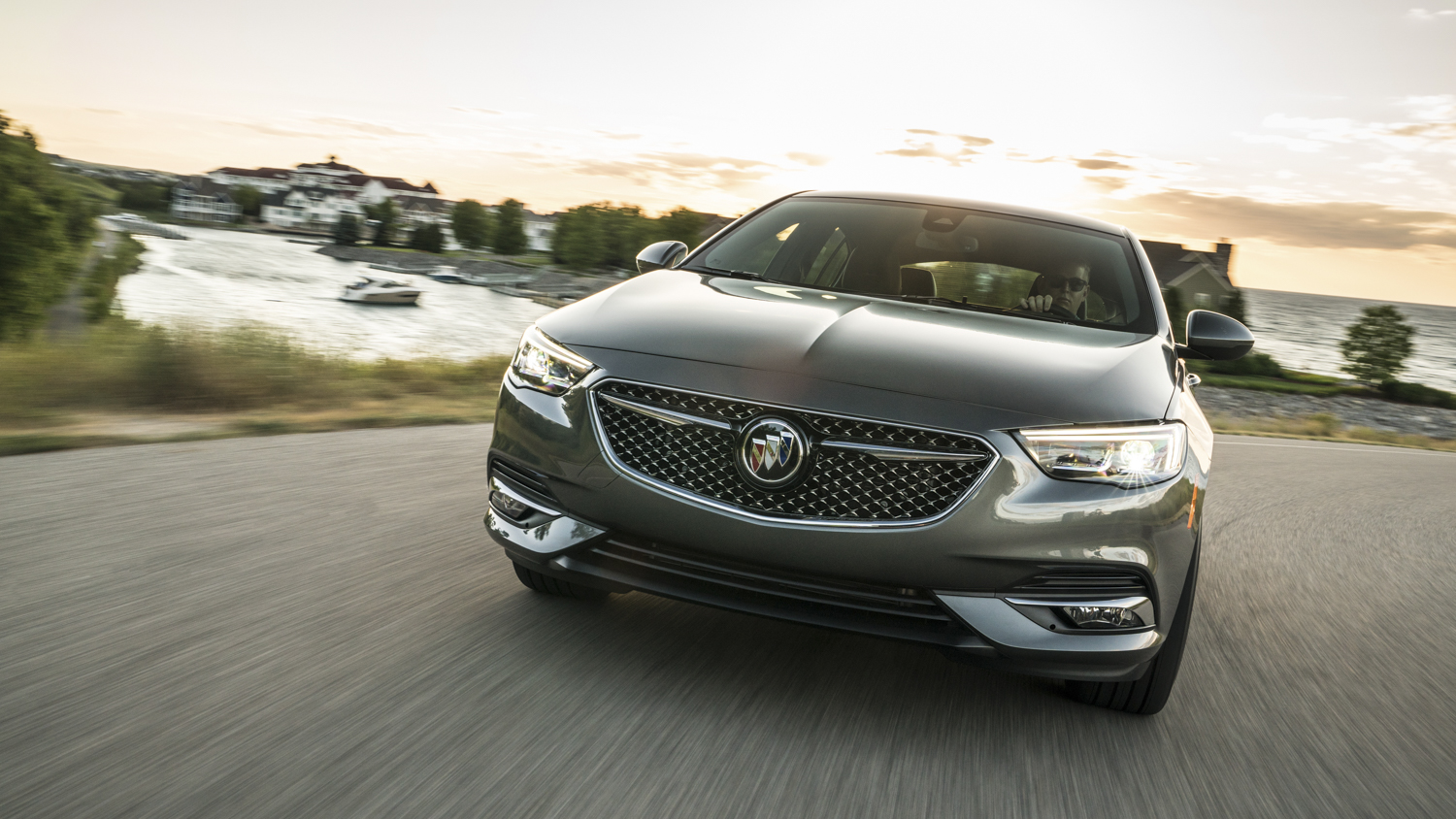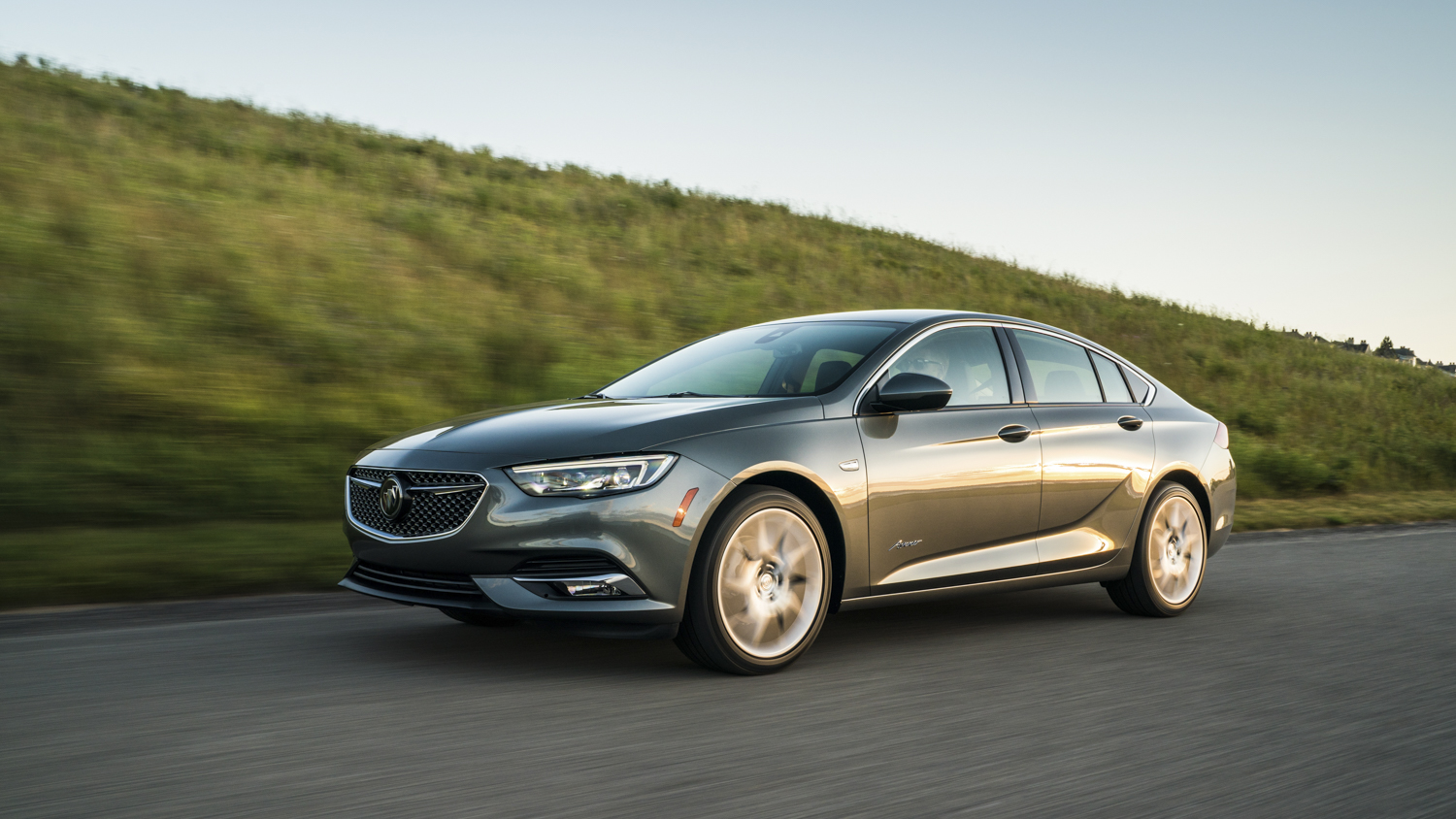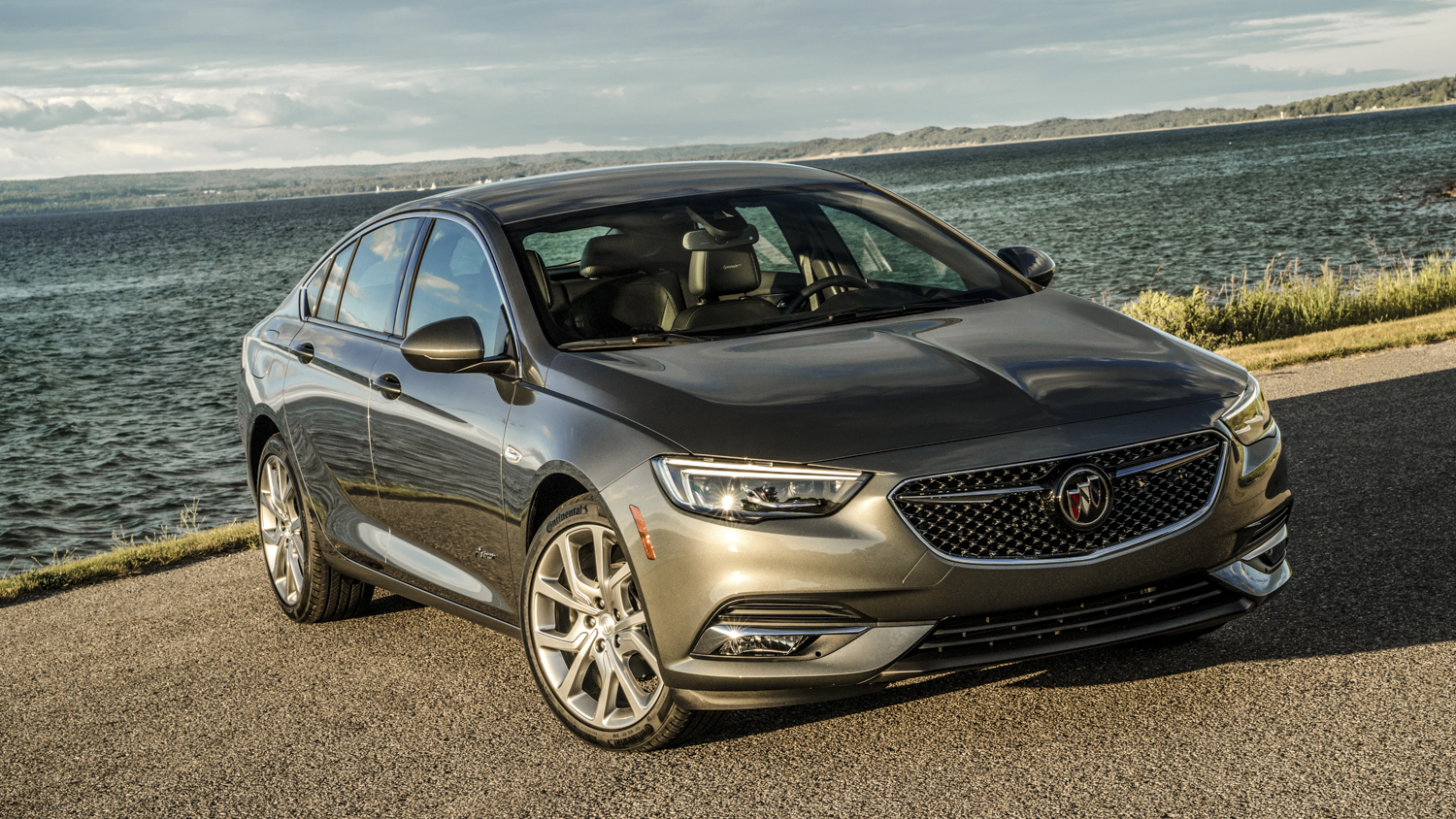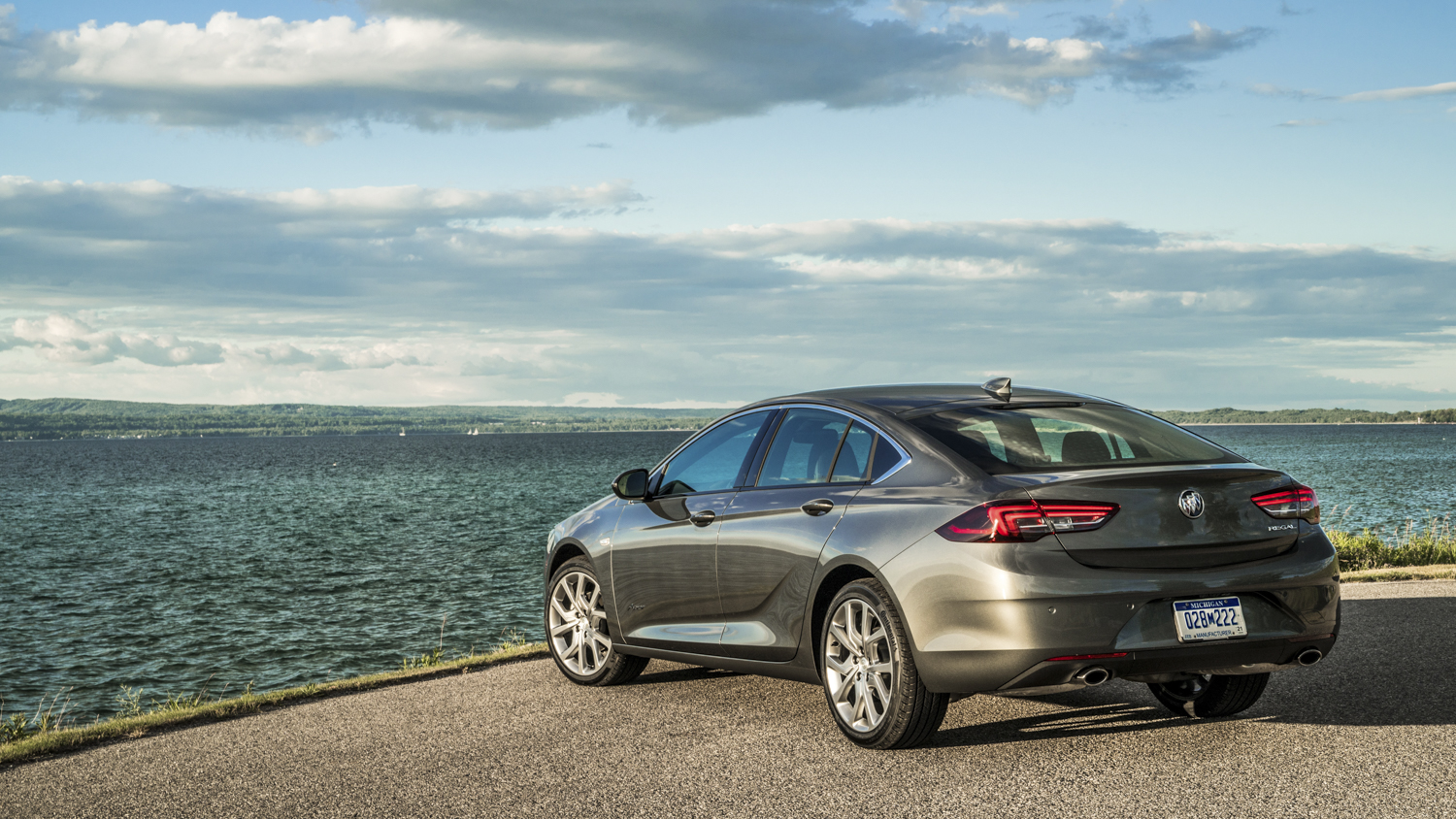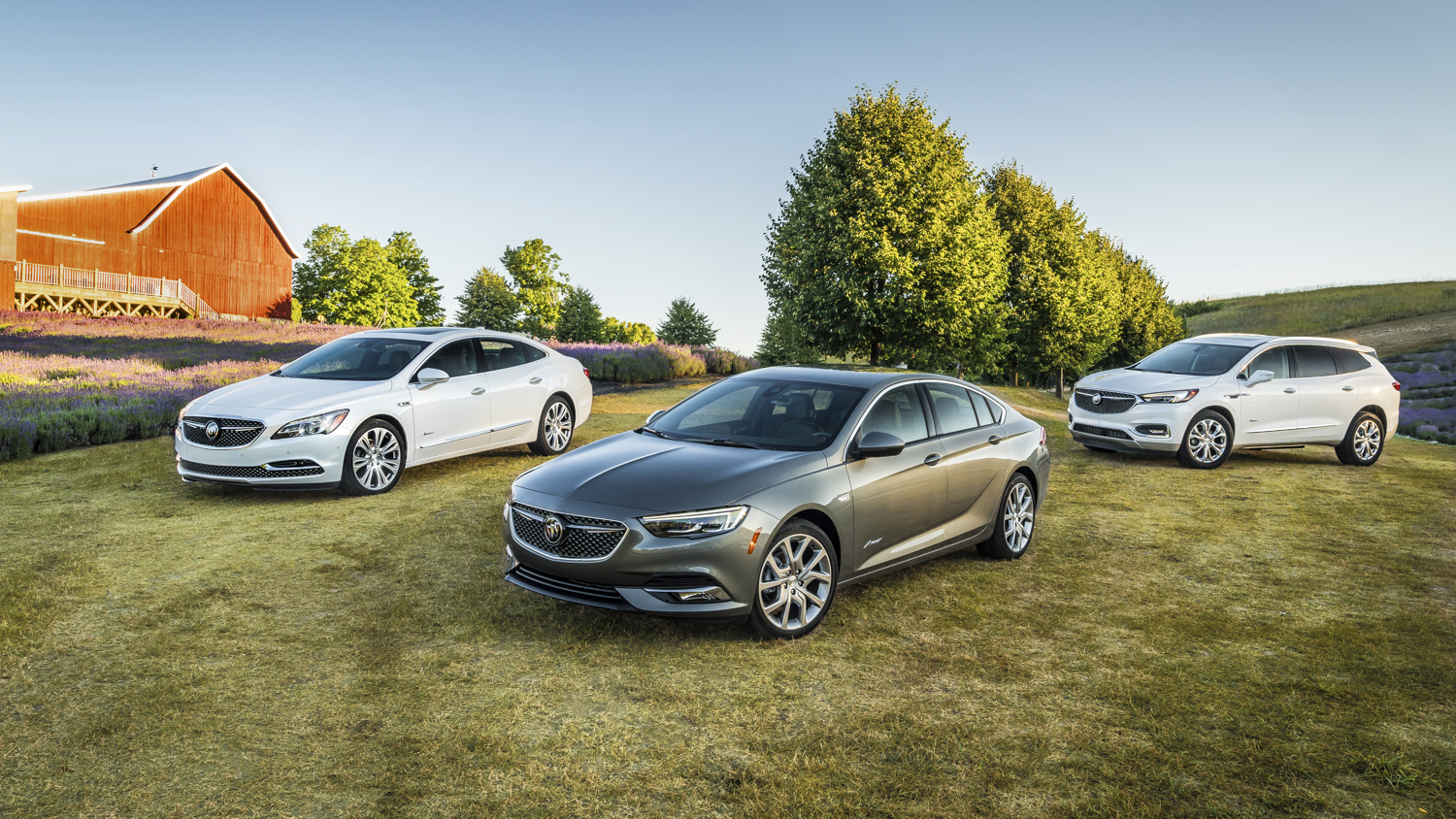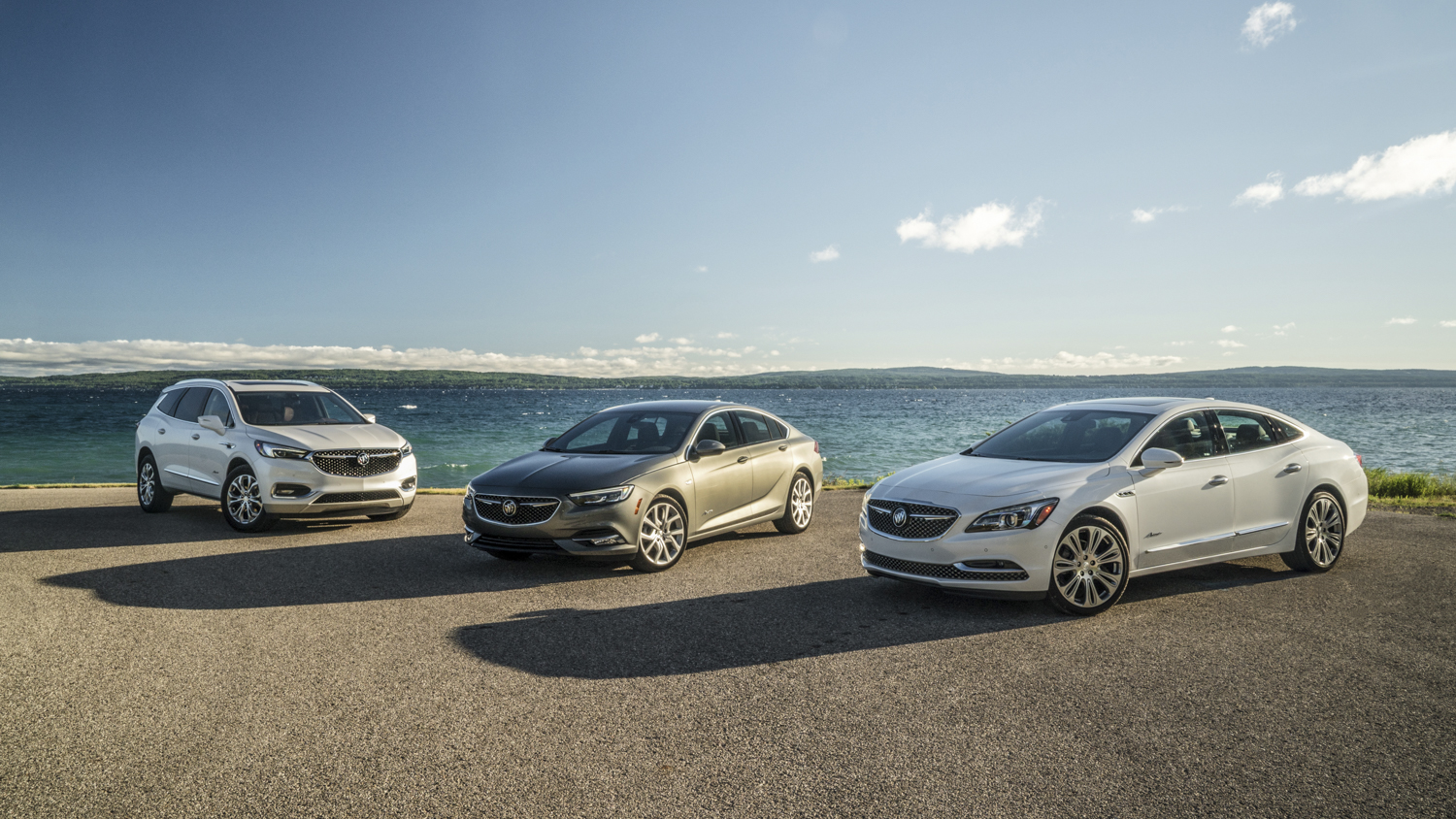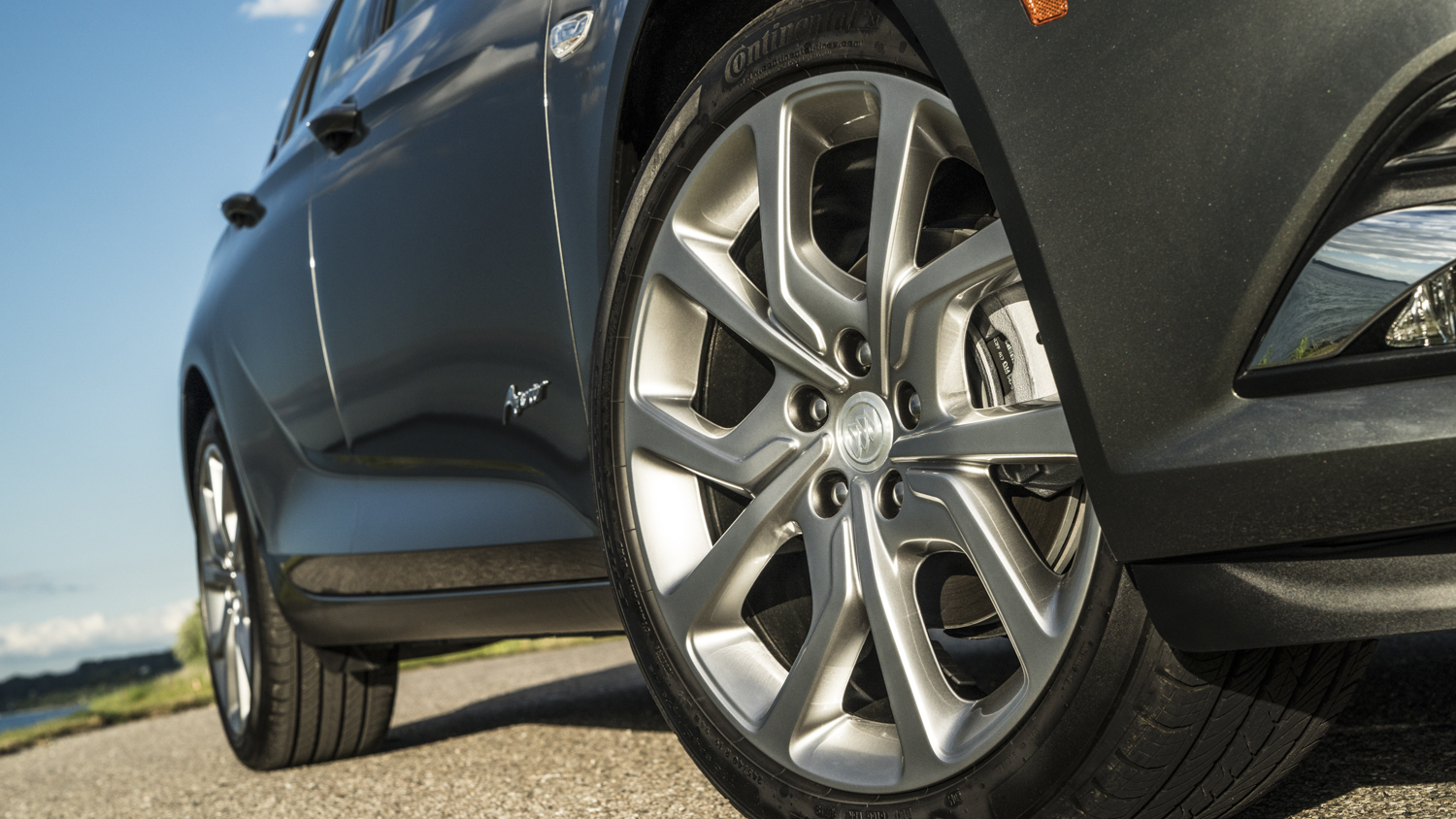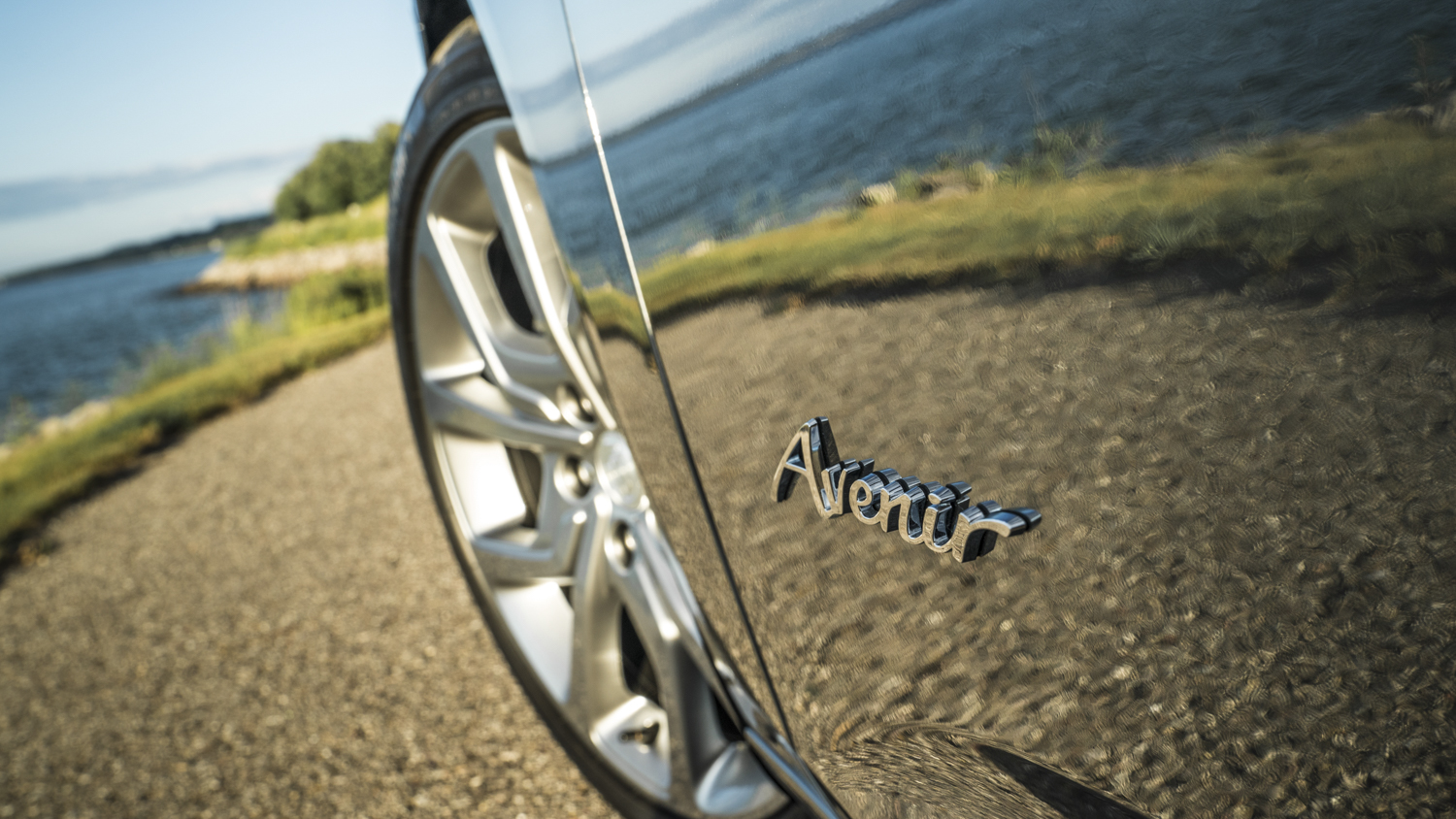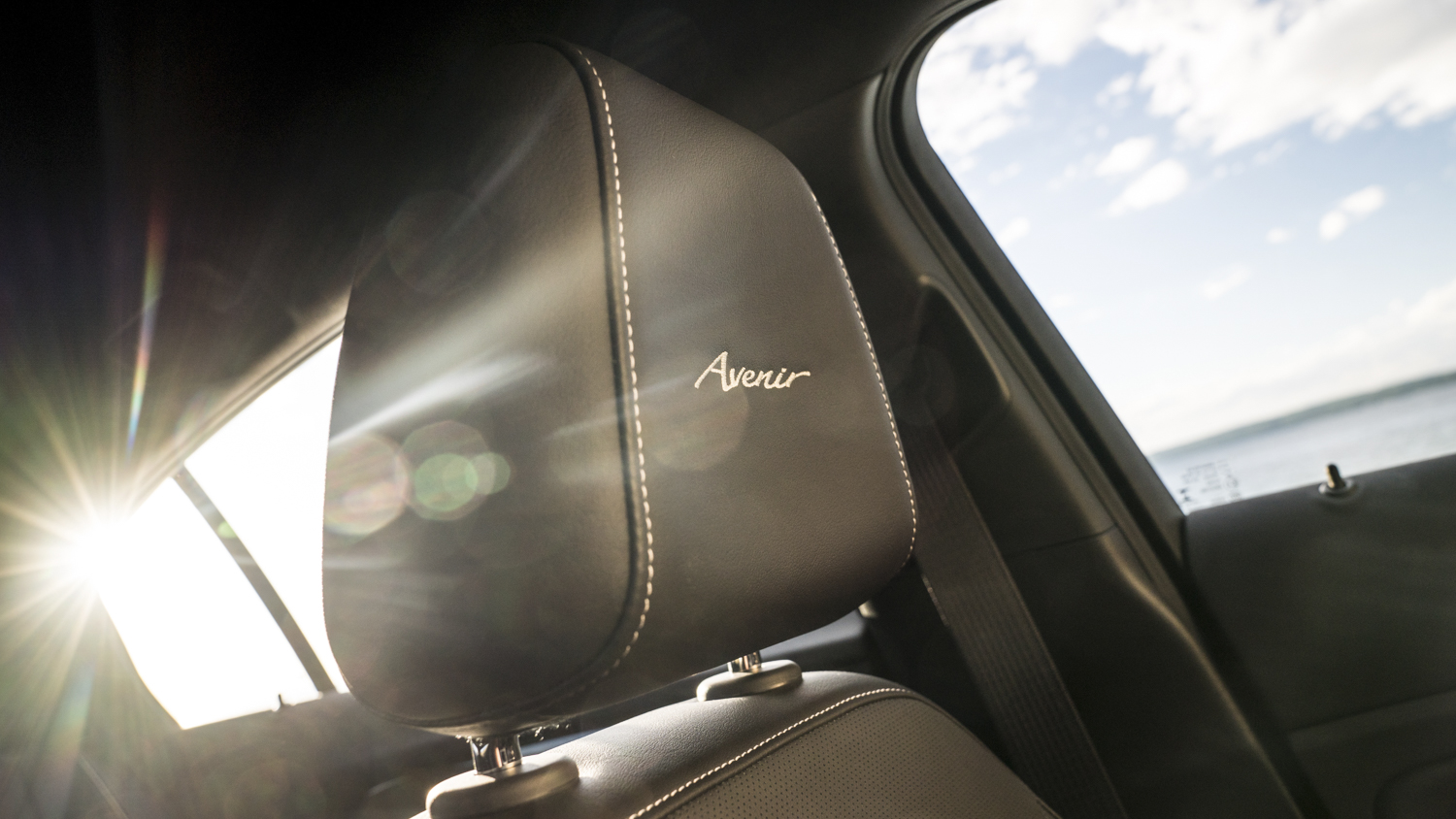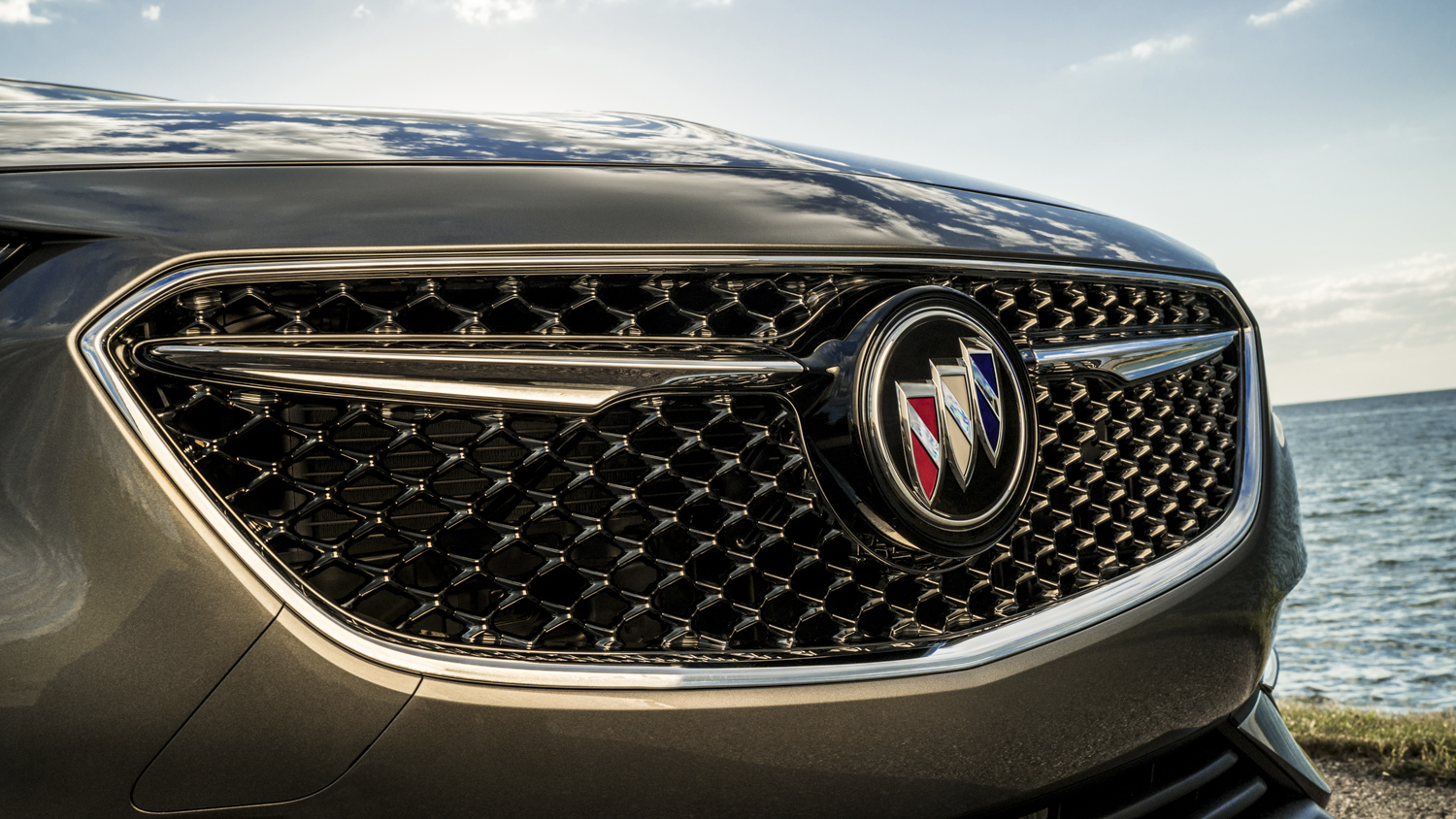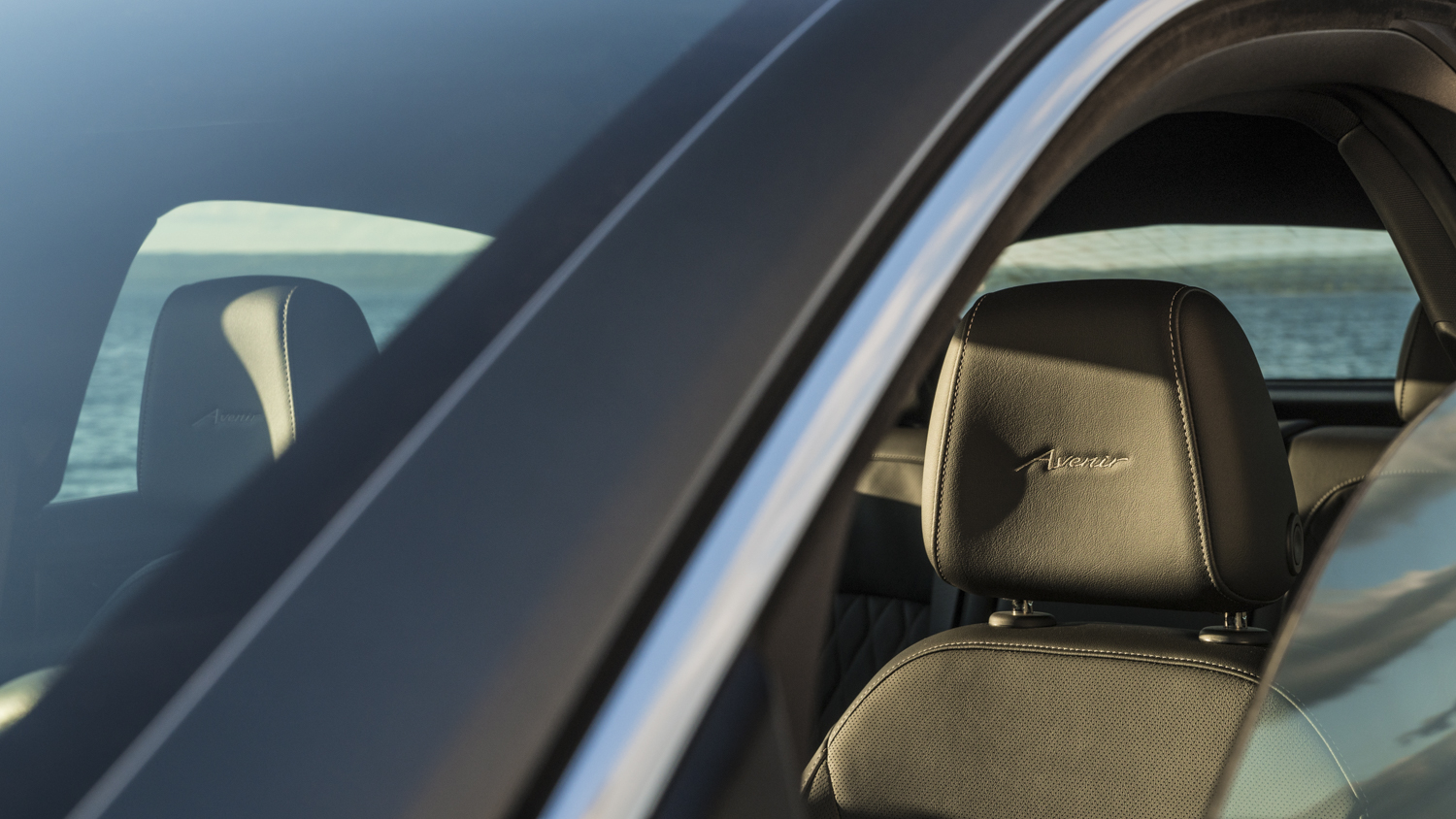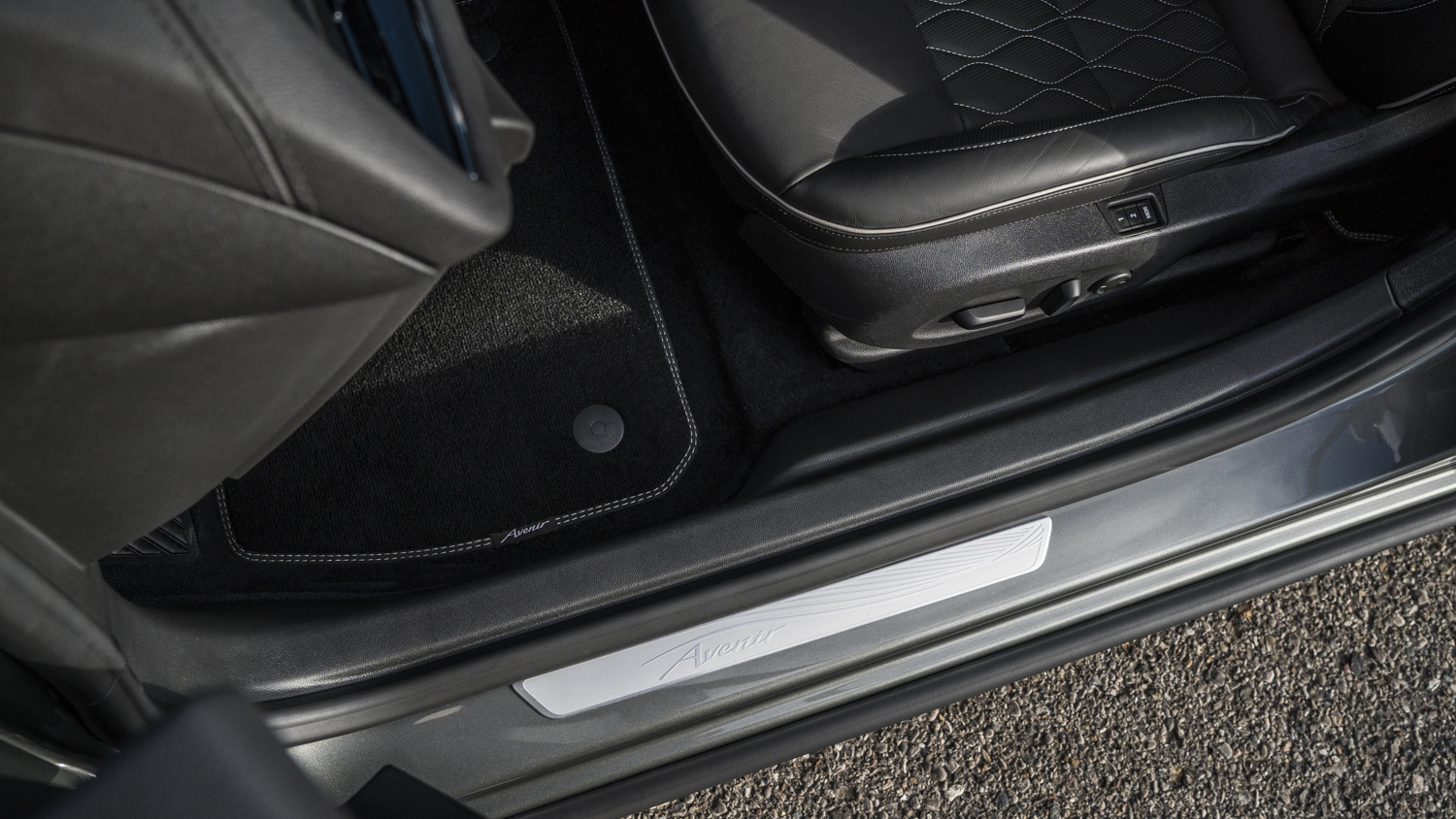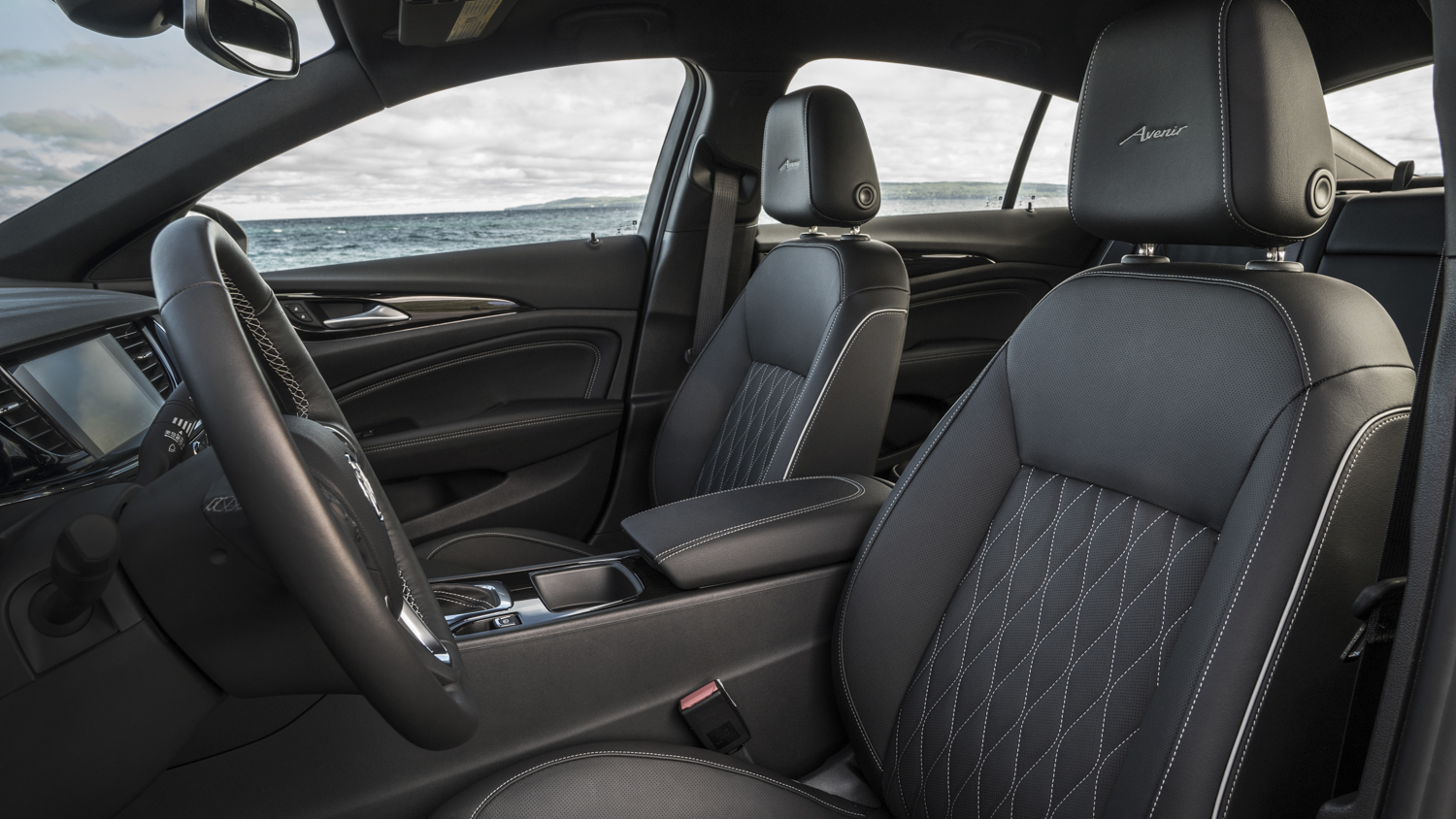Times do indeed change, but here are two things that never do: the siren call of the American road trip and a thoughtfully designed vehicle to take it in.
We indulged in both while spinning westward on US Highway 131 into northern Michigan’s wooded Charlevoix county, where we were treated to a first look at Buick’s latest luxury model, the Regal Avenir.
It’s no accident that the reveal of this Michigan-original brand took place in Ernest Hemingway’s summer playground. As a child, Hemingway spent idyllic days on the glacier-clear, aquamarine waters of Walloon Lake, and he returned here during a cross-country trip from Key West. Buick was Hemingway’s vehicle of choice, and in 1947, it was a brand-new Buick Roadmaster that Papa chose for what would be the last great journey of his life.
At that time, automobile production had just resumed in the wake of World War II, and the Roadmaster — always a standby in Buick’s line — had both a great new look (swept-back fenders, woodgrain facing, custom cloth upholstery with leather bolsters and lower door panels trimmed in leatherette) and some powerful improvements to function (reduced compression ratio, industry superior horsepower). As a result, Roadmaster sales soared, accounting for 20 percent of Buick’s total sales within the first year it was produced.
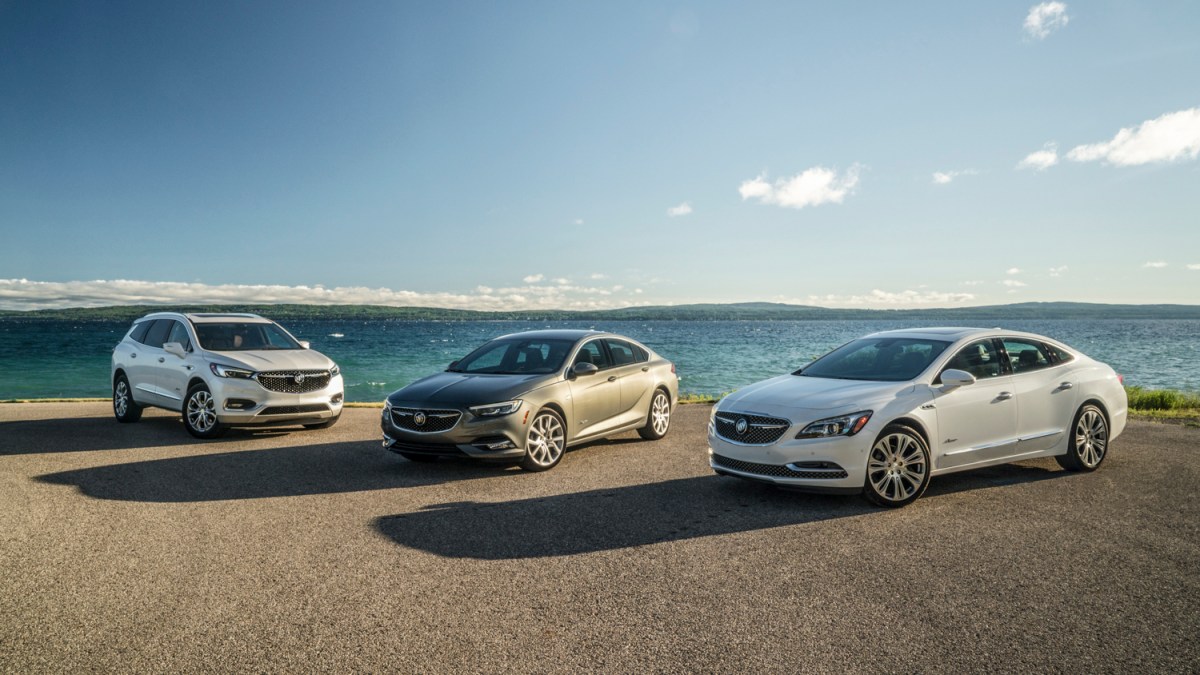
It just happens that the same stats hold true for Buick Avenir, the automaker’s highest expression of luxury to date. Debuted as a concept car in 2015, Avenir now stands for a souped-up upgrade package to a growing list of Buick models. Like Hemingway’s Roadmaster, Avenir accounts for 20 percent of Buick Enclave sales, while the LaCrosse Avenir sells 70 percent faster than the model’s other trim levels.
Regal Avenir, the latest among these handcrafted vehicles to debut, was developed in response to a growing market demand for midsize cars offering more luxury, convenience, and safety without compromising overall value.
Just a few of the features that come standard with the Regal Avenir:
- A more dramatic exterior featuring a three-dimensional mesh upper grille inspired by Buick’s award-winning concept cars, Avenir script badging on front doors, and exclusive 19-inch Pearl Nickel wheels.
- Ultra classy interiors featuring unique diamond quilt-stitched front seats, embroidered first-row headrests and Avenir-scripted sill plates.
- 250-horsepower 2.0-liter turbocharged four-cylinder engine producing 260 lb-ft of torque
- Nine-speed automatic transmission
- Ample cargo space with a discreet rear opening
- Tri-folding 40/20/40 rear seats
- Wireless charging
- Bose eight-speaker premium audio
- Power moon-roof
- Safety and driver assistance technologies including Rear Park Assist, Rear Cross Traffic Alert, Lane Change Alert with Side Blind Zone Alert, LED headlamps with auto leveling, cornering lamps and driver side auto-dimming mirrors
- Buick’s first cloud-connected Infotainment System, which enhances how customers interact with the vehicle features such as navigation and voice recognition systems. Owners can even personalize their user preferences and seamlessly take that profile with them into any compatible vehicle.
Having been among the first to cozy up in the ergonomic cradle of the Regal Avenir’s quilted leather seats, we can say without hesitation that it’s the kind of ride Papa would have chosen if he were embarking on his voyage today. From the wood-tone trim and rich leather to the dynamic body lines of the exterior to the thoughtful array of technologies that enable a smooth driving experience, Buick’s stands out for its refinement in both proportions and performance.

Bob Boniface, director of exterior design, reports that customer surveys reveal that the number one reason for choosing a Buick is exterior and interior design. It makes sense, given that Buick conscientiously puts customer experience at the heart of their design process.
“You can follow styling trends,” he says, “but rarely will the car you’re designing have a sense of timelessness. That’s what’s appealing to me about the classic vehicles we still admire today — they looked good when they came out, and they look good on the road now.”
This luxury performance sedan debuts in fall 2018. Keep an eye on the Buick website and your local dealers.

